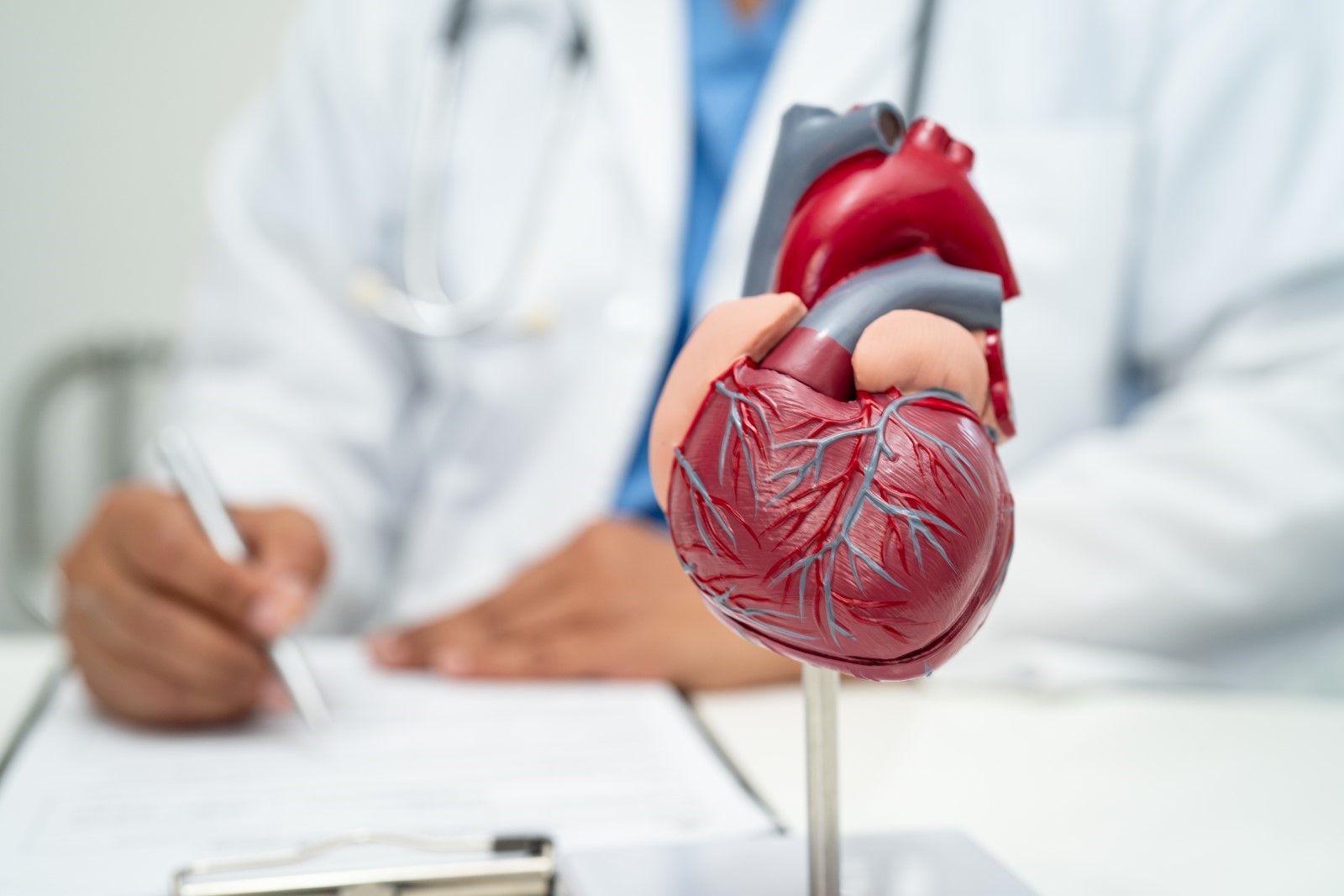Understanding heart conditions can be tricky, but recognizing their differences is crucial for good health. In this guide, we’ll unravel the nuances between an aortic aneurysm and other heart conditions, focusing on symptoms, risk factors, diagnosis, and prevention. This knowledge serves as a vital tool in maintaining cardiovascular wellness.
Introduction to Heart Anatomy and Function
The heart is a muscular organ responsible for pumping blood throughout the body. Key players in this process are the aorta and coronary arteries. The aorta is the largest artery, carrying oxygen-rich blood from the heart to the rest of the body. Meanwhile, coronary arteries supply blood to the heart muscle itself. Understanding these structures is important as it allows us to distinguish between different heart conditions, such as an aortic aneurysm. The purpose of this blog is to simplify these distinctions and highlight the importance of recognizing heart conditions early. By doing so, we empower readers to take active steps in maintaining their heart health, ultimately leading to healthier, longer lives.
Understanding Aortic Aneurysm and Other Heart Conditions
An aortic aneurysm is when the walls of the aorta bulge or swell, which can occur in the chest (thoracic) or below the stomach (abdominal). This swelling weakens the vessel, risking rupture that may cause life-threatening bleeding. Unlike an aneurysm, coronary artery disease involves the narrowing of arteries due to plaque, leading to reduced blood flow and possibly a heart attack. While both conditions affect blood flow, their causes and consequences differ. Aneurysms impact the arterial wall, whereas coronary artery diseases affect the heart’s blood supply. Understanding these differences helps in recognizing how they impact overall heart function and health.
Symptoms and Warning Signs to Watch Out For
Recognizing warning signs can save lives.
- Aortic aneurysm: People might notice back pain, a persistent cough, or a pulsing sensation in the abdomen.
- Coronary artery disease: Look out for chest pain, shortness of breath, or excessive fatigue.
Recognizing these symptoms means seeking medical advice promptly, helping catch these conditions before they worsen.
Risk Factors for Aortic Aneurysm and Other Heart Conditions
Risk factors for an aortic aneurysm include:
- Smoking
- High blood pressure
- Genetic predispositions
These factors weaken arterial walls, increasing the chance of an aortic aneurysm forming. In comparison, coronary artery disease risk factors typically include unhealthy diet, sedentary lifestyle, and high cholesterol. Both conditions share some risk factors, such as smoking and high blood pressure. However, recognizing these unique factors is crucial in prevention strategies and staying informed about one’s heart health.
Demystifying Diagnostic Tests
Detecting an aortic aneurysm typically involves imaging tests like CT scans and ultrasounds. These tests easily spot the abnormal swelling of the aorta. In contrast, diagnosing coronary artery disease often involves stress tests to see how the heart functions under exertion and echocardiograms to capture heart imagery. In India, advancements in science and technology have made these tests more accessible, enhancing early detection and treatment.
Treatment Options: Medical and Lifestyle Interventions
Treating an aortic aneurysm depends on the size and growth rate of the aneurysm. Options range from monitoring to surgical intervention if needed. For coronary artery disease, modifications in diet and regular exercise form the foundational treatments. Additionally, medical interventions, like medications or surgical procedures, play a role. New treatment strategies are emerging regularly in India, improving outcomes for patients.
Prevention: Lifestyle Changes to Reduce Risks
Preventing an aortic aneurysm often means adopting a healthy lifestyle to strengthen the arterial walls:
- Limiting smoking
- Controlling blood pressure
- Engaging in regular physical activity
For coronary artery disease, a heart-friendly diet is key, alongside regular exercise. Tailoring these lifestyle tips to fit Indian cultural and dietary habits can aid in widespread adoption, ultimately lowering disease risk across communities.
Understanding Consequences of Untreated Conditions
If left untreated, an aortic aneurysm may rupture, leading to severe bleeding and potential death. Similarly, untreated coronary artery disease can result in a heart attack, with severe implications for overall heart function. Immediate medical intervention mitigates these risks, highlighting the importance of regular check-ups and early diagnosis.
Personal Stories: Insights from Indian Patients
Hearing stories from patients can often illuminate the true impact of these conditions. Patients with an aortic aneurysm often speak of sudden pain and fear, contrasting significantly with coronary artery disease patients’ experiences. The visibility of these conditions, and their consequences, underscores the real need for public awareness and preventative measures.
Clarifying Common Misconceptions
Myths about aortic aneurysms often focus on age, sometimes perceiving them only as risks to the elderly. Likewise, coronary artery disease misconceptions often downplay lifestyle impacts. Dispelling these myths is key for broader awareness, encouraging both young and old to engage actively in heart health.
By familiarizing yourself with these differences and preventive measures, you are better equipped to maintain a healthy heart and reduce the risks associated with these life-threatening conditions. Stay informed, consult with healthcare providers, and lead a heart-healthy lifestyle to protect your cardiovascular well-being.

